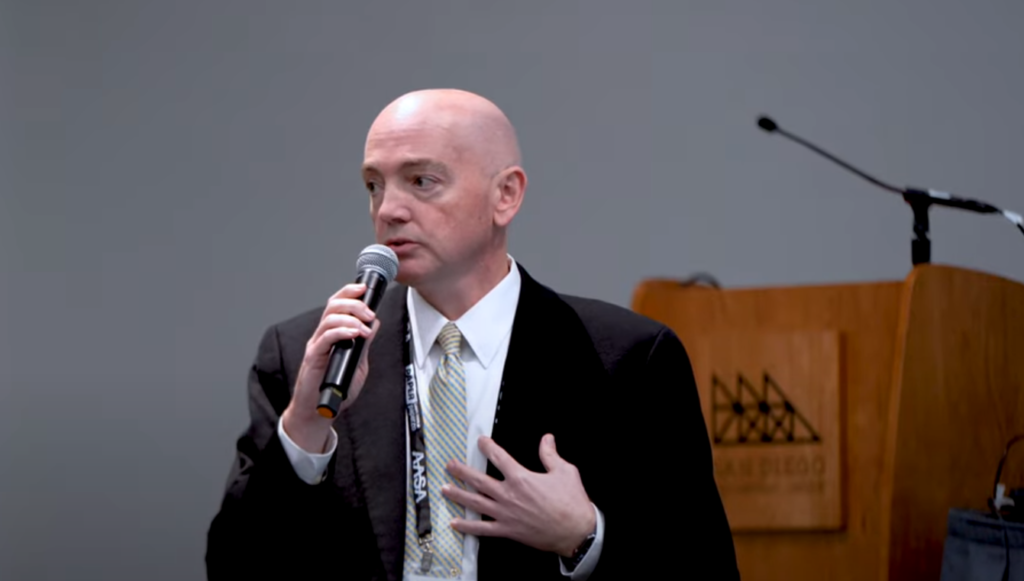What would you do to save just one child in your community?
That was the question asked by four panelists on Friday at the AASA National Conference on Education in San Diego during a session titled “What is the Value of One Saved Life? Schools Saving Students from Suicide and Depression.”
For all four panelists, including two superintendents, their answer was resounding: Everything.
Each of the panelists had a compelling story to tell about how mental health has affected the life of someone close to them.
For Kristin Moses, coordinator of student support services for Skaneateles Central School District in Central New York, her story involves supporting her son as he dealt with thoughts of suicide, depression and bipolar disorder while he was in high school.
For Eric Knuth, superintendent of Skaneateles Central School District, his story involves supporting his high school-aged daughter through the grief of losing three friends and peers to suicide.
For James McDougal, a professor of psychology at the State University of New York at Oswego, his story involves all of the struggling students he has encountered during his time as a psychologist.
For Terry Ward, superintendent of Cato Meridian Central School District in Central New York, his story includes helping his child come to terms with gender identity, while also dealing with related suicidal thoughts.
When Ward received an e-mail from his child’s 2nd-grade teacher informing him that his child had been self-describing to classmates as transgender, the school suggested that Ward reach out to his child’s pediatrician.
When he did, his pediatrician made a house call to talk to his kids and figure out how to support his family.
“We sat down at the kitchen table with our pediatrician,” Ward said. “My kid’s pediatrician told me that I need to tell my daughter that being transgender isn’t a real thing. That it’s not real.”
This answer did not sit well with Ward nor did it provide his family with an actual solution to help his children deal with the mental health issues that they were facing.
This situation isn’t unique to Ward’s family. Mental health is an issue that severely affects nearly half of K-12 students. This number drastically rises to 66 percent for LGBTQ+ identifying students.
So how can school districts effectively intervene and support students facing such mental health crises?
Skaneateles Central School District and Cato Meridian Central School District have implemented the Behavioral Intervention Monitoring Assessment System, a universal mental health screener for K-12 students.
The BIMAS 2, developed by McDougal and his team, is a mental health screener that operates on a secured web-based platform, which helps school administrators to identify students at a high and medium risk so they can proactively intervene and provide support.
The BIMAS 2 changes school mental health intervention from reactive initiatives to preemptive initiatives, McDougal said.
Using the BIMAS 2 has decreased the number of students self-reporting feelings of anxiety and depression by 44 percent in Skaneateles schools, Moses said.
Most importantly, the BIMAS 2 helps school districts identify and intervene with students in crisis who may never have been on the radar of teachers and administrators, the panelists said.
“I’ve worked in seven schools over my career and have lost six students,” said Knuth. “That’s six funerals, six families I’ve had to sit down with, and six bodies in the ground. We need to be proactive so that we can save even just one student’s life.”
(Eugenie Budnik is a senior majoring in journalism/advertising at San Diego State University, and an intern with AASA’s Conference Daily Online.)

